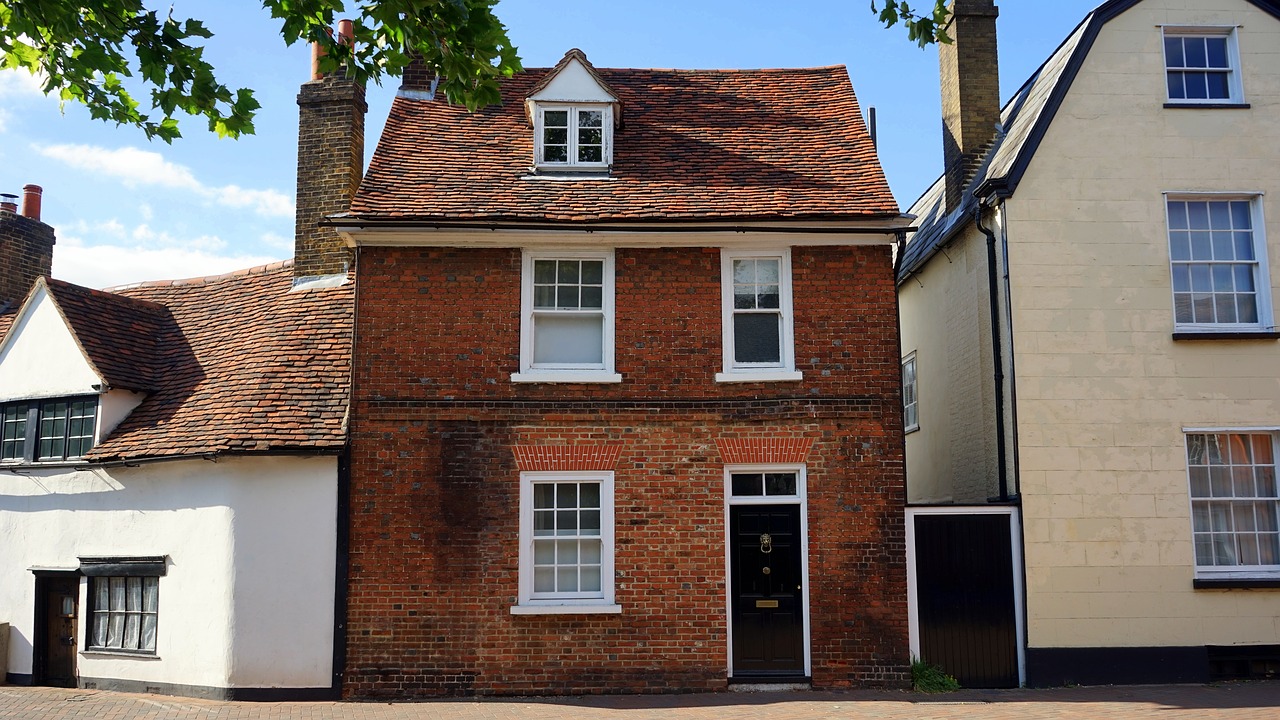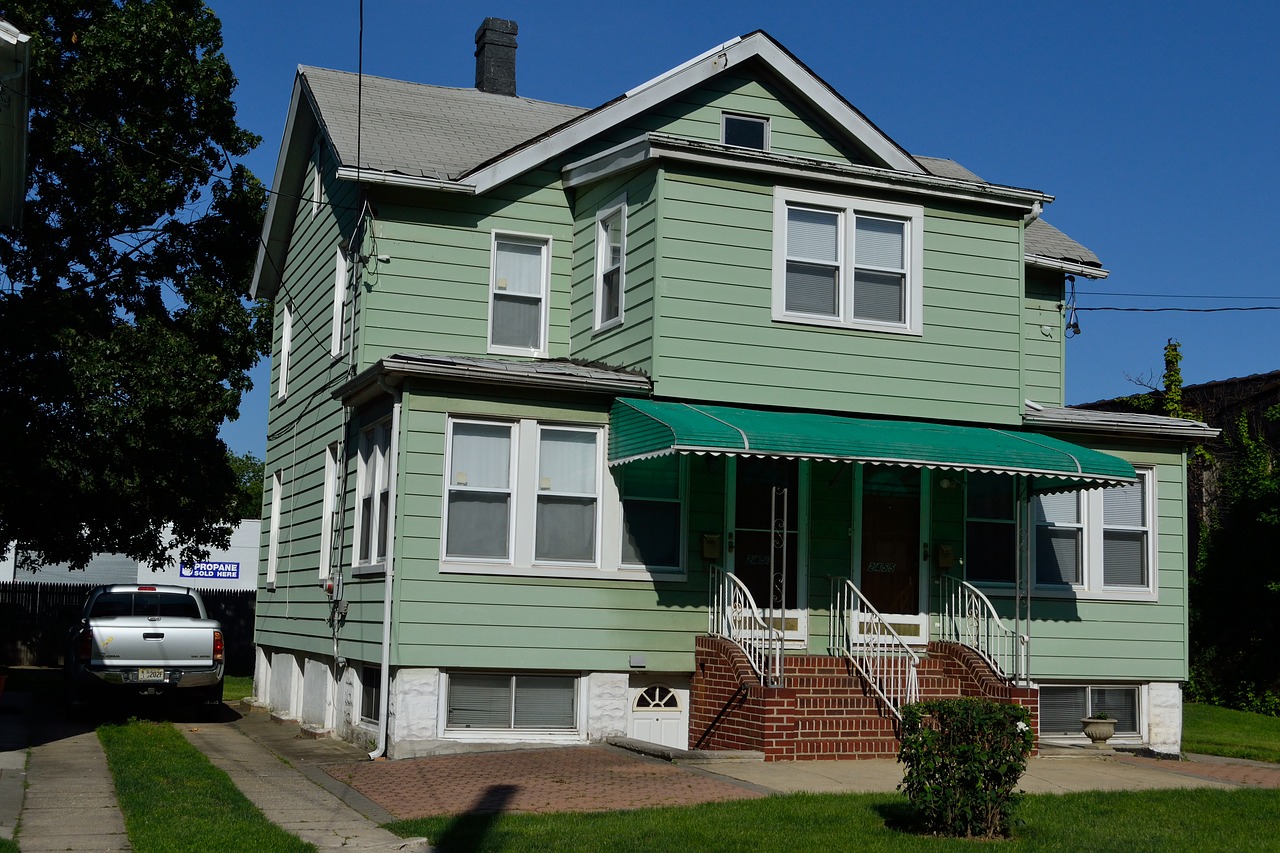Old homes have a certain kind of charm, but they also have hidden costs that can make them expensive to own and maintain. You may pay less upfront, but in some cases, you pay more in the long run for your house.
Before you commit to buying an old home (20+ years old), consider these four things.
IMAGE: PIXABAY
1. Your Energy Bills Will Be Higher
Heating and cooling an old home will be more expensive than with a modern home. There are a few reasons for this:
- Poor insulation
- Inefficient windows
- Gaps in windows and doorways
Old homes weren’t built to be as energy efficient as newer homes.
Most older homes also don’t have central heating and cooling systems, so you may be reliant on a window A/C unit if you want air conditioning in the summer. You can install a central air system, but that will cost you a few thousand dollars.
2. There May Be Lead Paint On The House
If the home was built before 1978, there’s a high probability that lead paint was used at some point. A high probability doesn’t mean that there’s a guarantee, however. Most of the public knew how dangerous lead paint was before the 1970s, so there’s a chance that even homes built in the 1940s never had a drop of lead paint on the walls.
That being said, if the home did have lead paint, there are some concerns. Lead poisoning can hinder a child’s brain development and can be harmful to the health of adults, too.
You can buy test kits, but it may be better to hire an inspector to check for lead paint before you buy the home.
3. The Plumbing May Need Repairs
Old homes usually have old plumbing systems, which can cost you big time if they need to be repaired or replaced.
“If the home was built in post-1940 through the 1950s, sewer lines were often constructed with Orangeburg pipes (tar paper construction – or wood fibers bound with adhesives and coated with tar),” says Marvel Sewer and Drain. “Homes built prior to the 1960s used a different type of sewer line which may not hold up to today’s residential or business code standards.”
If there are trees surrounding the property, there’s a chance that the roots have grown into the sewer system, causing damage to the pipes.
Consider having a sewer inspection performed before you buy an older home. A normal home inspection does not usually cover sewer lines, so you’ll need to hire a professional.
4. The Electrical System May Be Outdated
It’s not uncommon for older homes to have undersized electrical panels. Modern homes need at least 100-amp service to handle lighting and appliances.
Electrical panels can be updated, but it will cost you a few hundred dollars.
With an older home, you also have to consider that many rooms will only have one or two outlets. Unless you enjoy using extension cords in every room, you’ll need to have more outlets installed. These can cost $100 or more each.
If the home has old electrical wiring, it may need to be replaced. Over time, the insulation on the wiring starts to crumble and becomes a fire hazard. Rewiring a home can be a very expensive undertaking.
If you are interested in even more lifestyle-related articles and information from us here at Bit Rebels then we have a lot to choose from.


COMMENTS